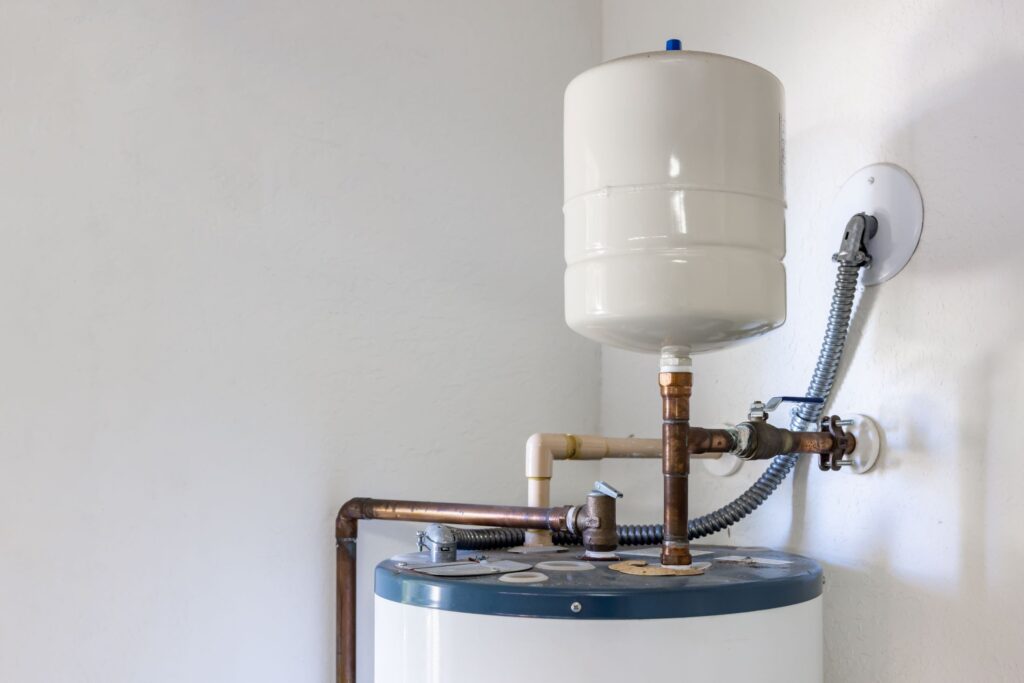Easy Guide to Maintaining Your Home's Hot Water System
Easy Guide to Maintaining Your Home's Hot Water System
Blog Article
This article in the next paragraphs involving What Kind of Maintenance Do Water Heaters Need? is definitely informative. You should take a peek.

Hot water is important for daily convenience, whether it's for a rejuvenating shower or cleaning recipes. To ensure your warm water system runs effectively and lasts much longer, regular maintenance is vital. This post provides practical ideas and understandings on just how to preserve your home's hot water system to prevent disturbances and costly fixings.
Introduction
Maintaining your home's warm water system may appear difficult, but with a couple of basic steps, you can ensure it operates efficiently for many years to find. This overview covers everything from understanding your hot water system to DIY maintenance suggestions and understanding when to employ specialist aid.
Importance of Keeping Your Warm Water System
Normal maintenance not only extends the lifespan of your hot water system but additionally guarantees it runs efficiently. Ignoring maintenance can result in reduced effectiveness, greater energy costs, and even premature failure of the system.
Indicators Your Hot Water System Requirements Maintenance
Understanding when your warm water system requires attention can prevent significant issues. Keep an eye out for signs such as irregular water temperature, odd noises from the heating unit, or corroded water.
Understanding Your Warm Water System
Prior to diving into maintenance tasks, it's helpful to recognize the basic elements of your warm water system. Normally, this consists of the water heater itself, pipes, anode poles, and temperature controls.
Regular Monthly Upkeep Tasks
Normal monthly checks can aid catch minor issues prior to they rise.
Purging the Water Heater
Purging your water heater gets rid of sediment accumulation, enhancing efficiency and prolonging its life.
Checking and Replacing Anode Rods
Anode poles avoid deterioration inside the storage tank. Checking and replacing them when broken is vital.
Inspecting and Adjusting Temperature Level Settings
Changing the temperature level setups guarantees optimal performance and safety and security.
Do It Yourself Tips for Upkeep
You can do a number of maintenance tasks yourself to maintain your warm water system in top condition.
Looking for Leaks
Routinely evaluate pipes and connections for leaks, as these can bring about water damages and greater expenses.
Testing Pressure Alleviation Valves
Checking the stress safety valve ensures it works appropriately and prevents excessive pressure buildup.
Insulating Pipes
Insulating hot water pipes decreases warm loss and can save energy.
When to Call a Specialist
While do it yourself upkeep is valuable, some concerns need expert competence.
Complicated Issues Requiring Specialist Assistance
Instances include major leakages, electric problems, or if your water heater is continually underperforming.
Routine Professional Maintenance Perks
Specialist upkeep can include extensive assessments, tune-ups, and making certain compliance with safety criteria.
Final thought
Routine maintenance of your home's warm water system is crucial for efficiency, durability, and expense financial savings. By adhering to these pointers and understanding when to look for expert assistance, you can guarantee a trustworthy supply of hot water without unanticipated interruptions.
How to Maintain an Instant Hot Water Heater
Before tinkering with your hot water heater, make sure that it’s not powered on. You also have to turn off the main circuit breaker and shut off the main gas line to prevent accidents. Also turn off the water valves connected to your unit to prevent water from flowing into and out of the appliance. 2. When you’re done, you have to detach the purge valves’ caps. These look like the letter “T†and are situated on either side of the water valves. Doing so will release any pressure that has accumulated inside the valves while at the same time avoid hot water from shooting out and burning your skin. 3. When the purge valves’ caps are removed, you have to connect your hosing lines to the valves. Your unit should have come with three hoses but if it didn’t, you can purchase these things from any hardware or home repair shops. You can also get them from retail stores that sell water heating systems. Read the user’s manual and follow it to complete this task properly. When the hosing lines are connected, open the purge port’s valves. 4. You should never use harsh chemical cleaners or solutions when cleaning your unit. Make use of white vinegar instead. It should be undiluted and you’ll probably use about 2 gallons. 5. Now flush your water heater. This task should probably take about 40 minutes. We can’t give you specific directions for this because the procedure is carried out depending on the type, model and brand of your heater. With that being said, refer to the user’s manual. 6. When you’re done draining the unit, you have to turn off the purge port valves again. Remove the hosing lines that you earlier installed on each of the water valves. Put the valve caps (purge port) back in their respective places and be very careful so as not to damage the rubber discs that are found inside these caps. 7. Now that everything’s back in place, check your user’s manual again to find out how to reactivate your water heating system. 8. Once it is working, turn one of your hot water faucets on just to let air pass through the heater’s water supply pipes. Leave the tap on until water flows smoothly out of it. https://www.orrplumbing.com/blog/2014/september/how-to-maintain-an-instant-hot-water-heater/

We are very taken with What Kind of Maintenance Do Water Heaters Need? and I hope you enjoyed the new post. Enjoyed our posting? Please share it. Help someone else locate it. I enjoy reading our article about Water Heater Maintenance Tips You Can't Afford to Forget.
Book Services Report this page